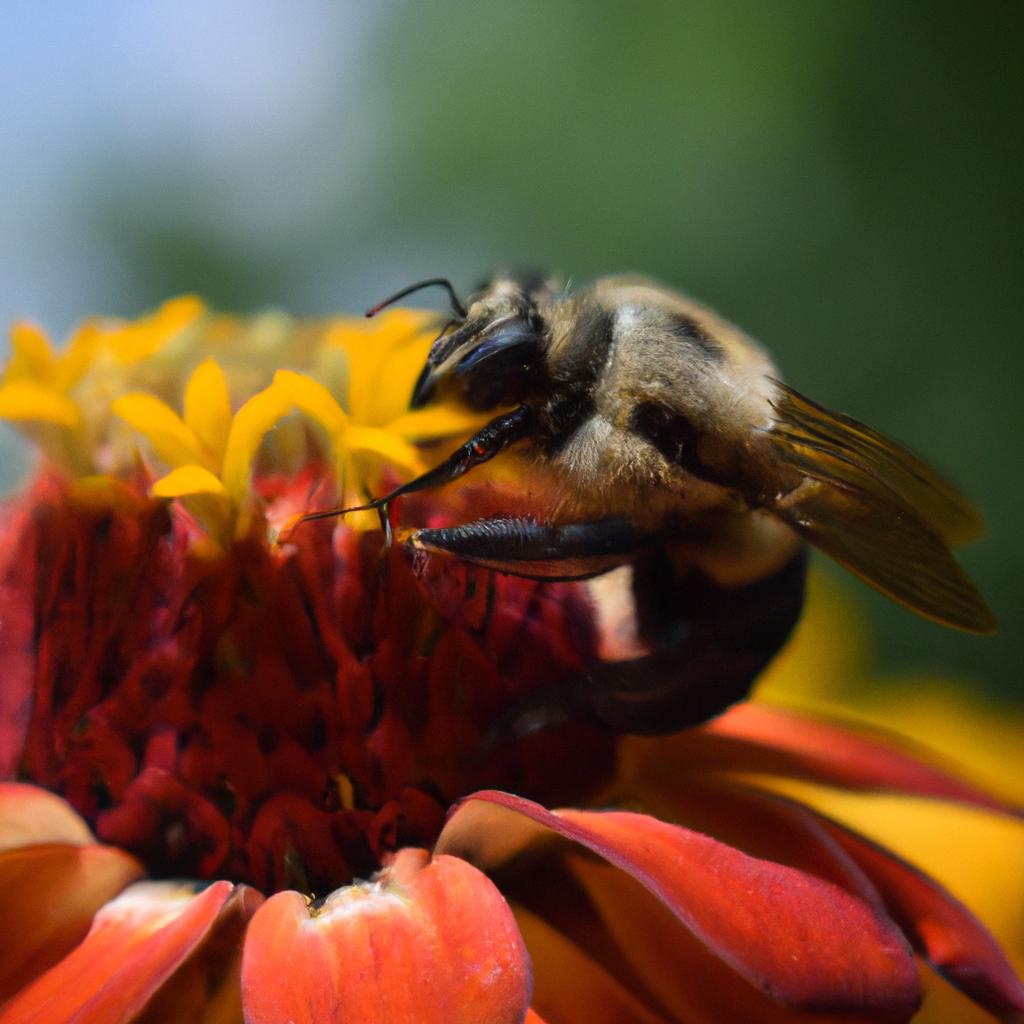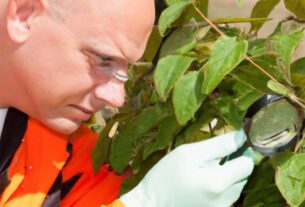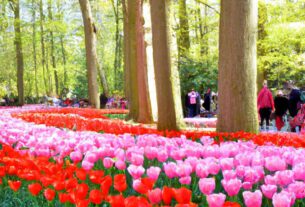Garden bees, also known as solitary bees, often live in the shadow of their more famous relatives, the honeybees. However, these tiny creatures play a vital role in garden pollination, making them essential for a thriving ecosystem.
Unveiling the World of Garden Bees
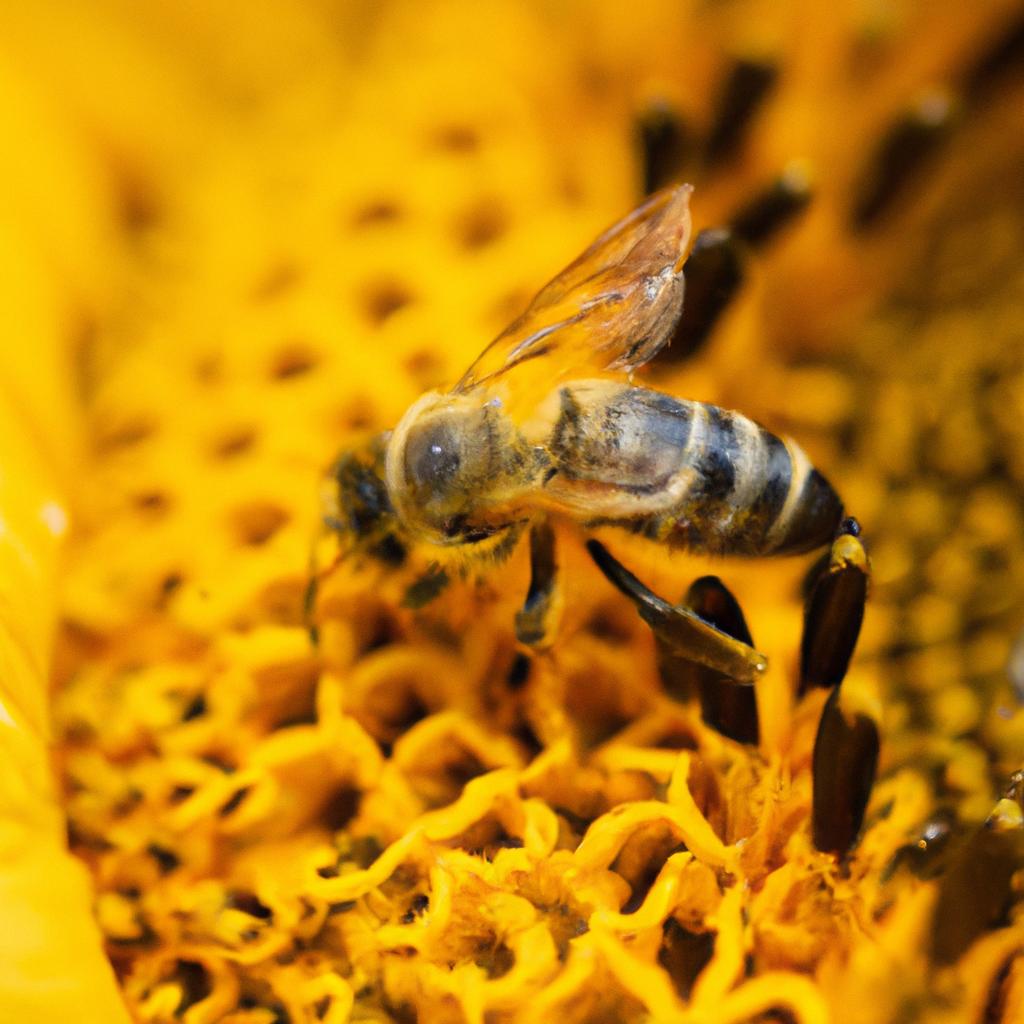
Garden bees are a diverse group of bees that don’t form colonies like honeybees. With over 20,000 known species worldwide, these bees come in different shapes, sizes, and colors. Some common garden bee types include mason bees, leafcutter bees, and carpenter bees.
Unlike honeybees, garden bees don’t produce honey. Instead, they focus on pollination, a critical process for the reproduction of flowering plants. Garden bees excel at pollination because they aren’t tied to a single colony and can travel longer distances in search of flowers.
Garden Bees: Champions of Pollination
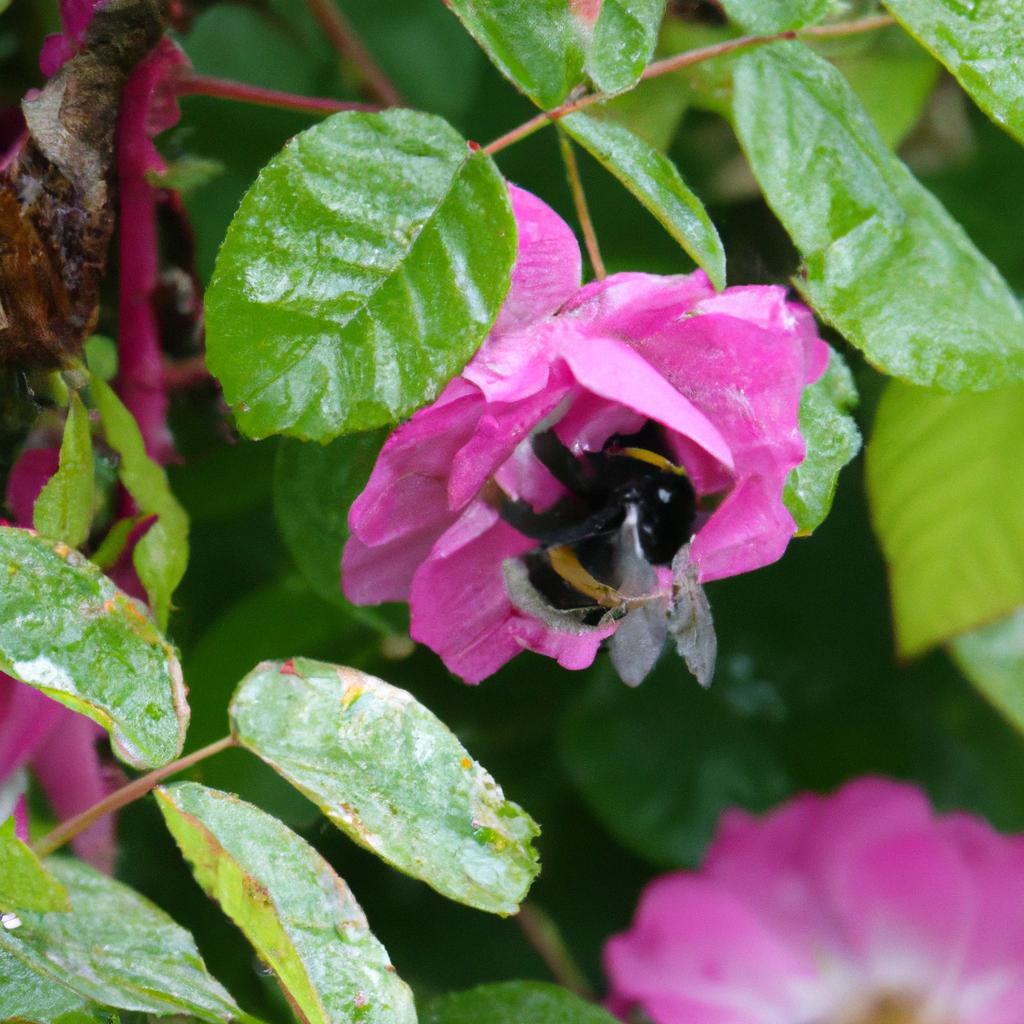
Garden bees are indispensable pollinators in gardens. They are responsible for pollinating various fruits, vegetables, and flowers, including tomatoes, peppers, strawberries, apples, and blueberries. Without garden bees, many of these plants would struggle to bear fruit, resulting in reduced crop yields.
Besides their impact on crop production, garden bees are vital for the overall ecosystem. They help maintain biodiversity by pollinating a wide variety of plants, which, in turn, supports other forms of wildlife. Moreover, garden bees are more resilient to climate change than honeybees, making them essential allies in the face of environmental challenges.
To create a bee-friendly environment and support their crucial pollination efforts, it’s important to understand the different types of garden bees.
The Mighty Honeybees
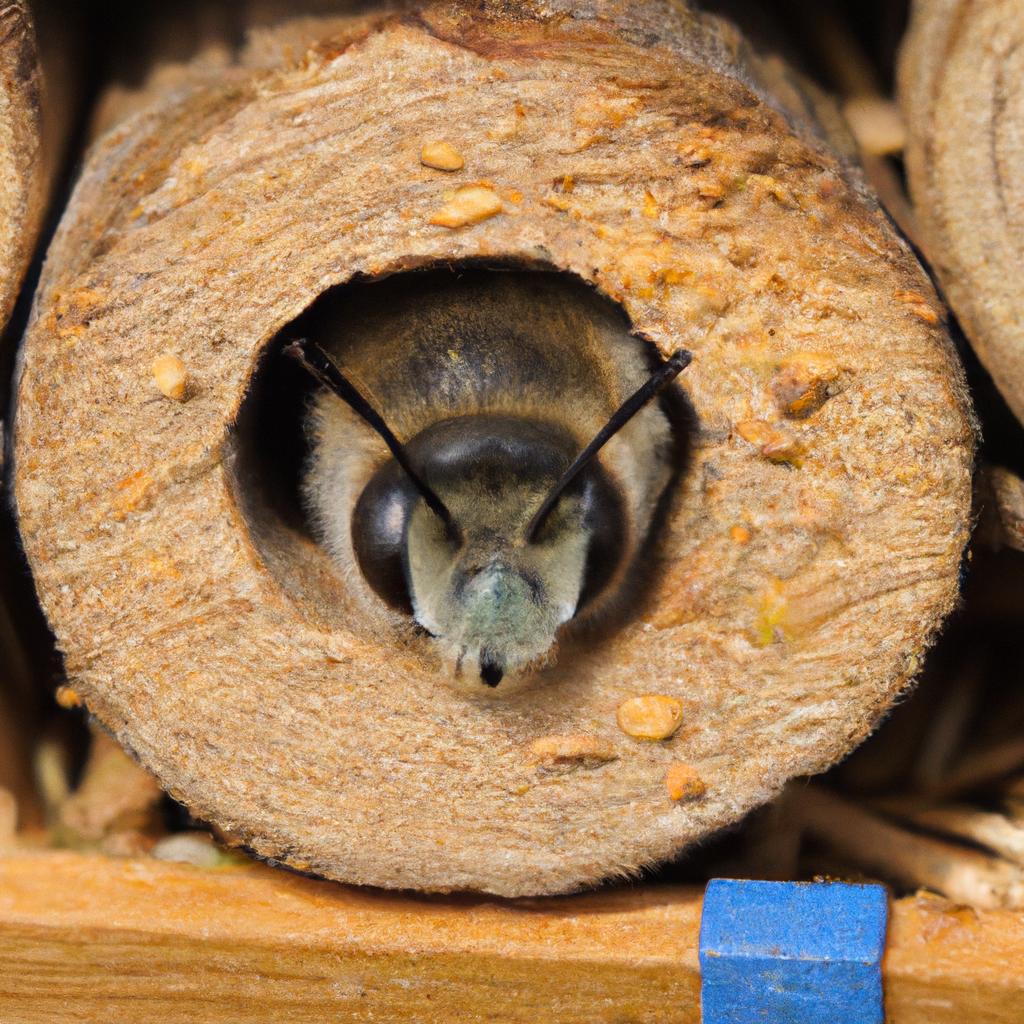
Honeybees are the most well-known bees, often associated with honey production. However, they also play a crucial role in pollination, making them indispensable to any garden. Honeybees live in colonies characterized by their social behavior, which includes queens, worker bees, and drones.
Attracted to brightly colored flowers, honeybees are most active during the daytime. They communicate the location of food sources to other colony members through a unique dance called the waggle dance. Honeybees also facilitate cross-pollination by transferring pollen between flowers of different plants.
The Fuzzy Bumblebees
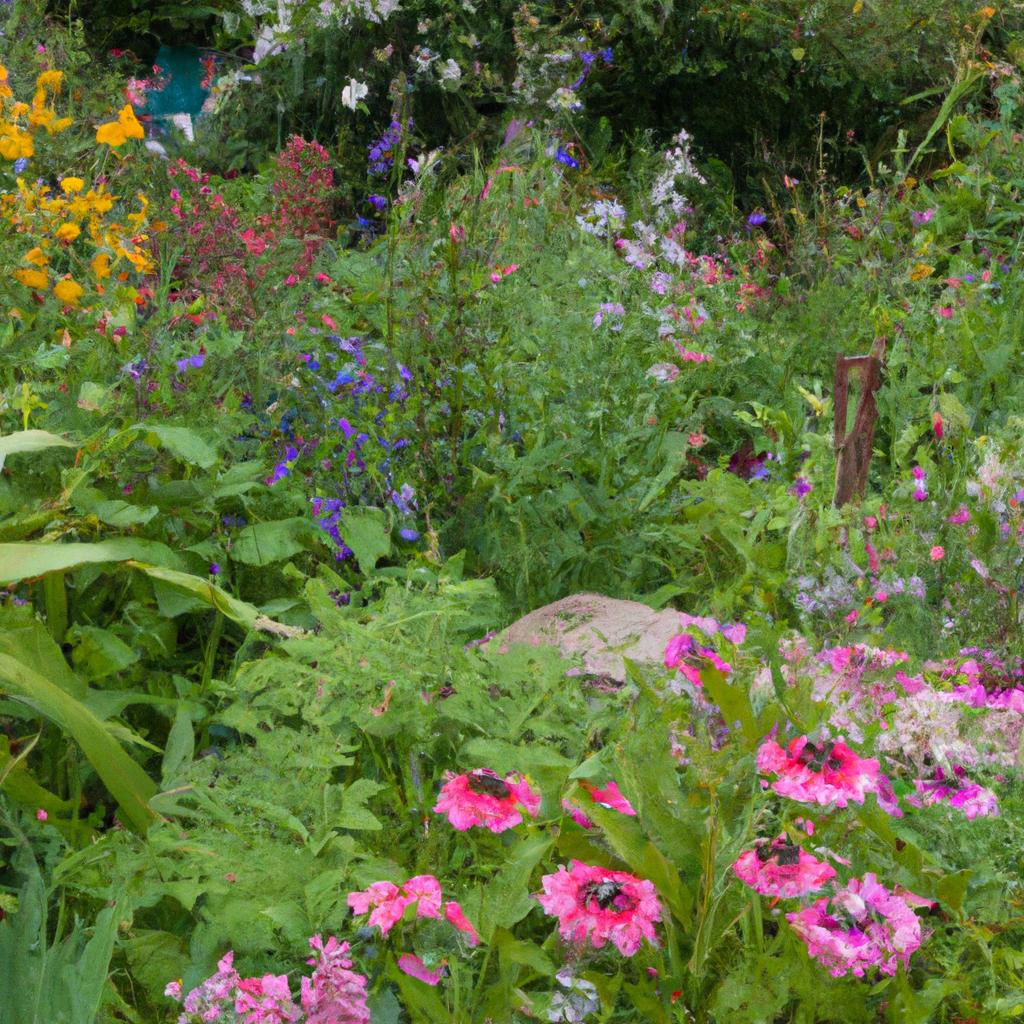
Bumblebees, with their fuzzy appearance, are another type of social bee. They excel at pollinating crops such as tomatoes, peppers, and blueberries, making them invaluable in cooler climates due to their tolerance for low temperatures.
Bumblebees live in small colonies and produce less honey compared to honeybees. They are attracted to nectar-rich flowers and are most active during the daytime. Bumblebees have developed a unique skill called buzz pollination, where they vibrate their wings to release pollen from hard-to-access flowers.
The Boundless Benefits of Garden Bees
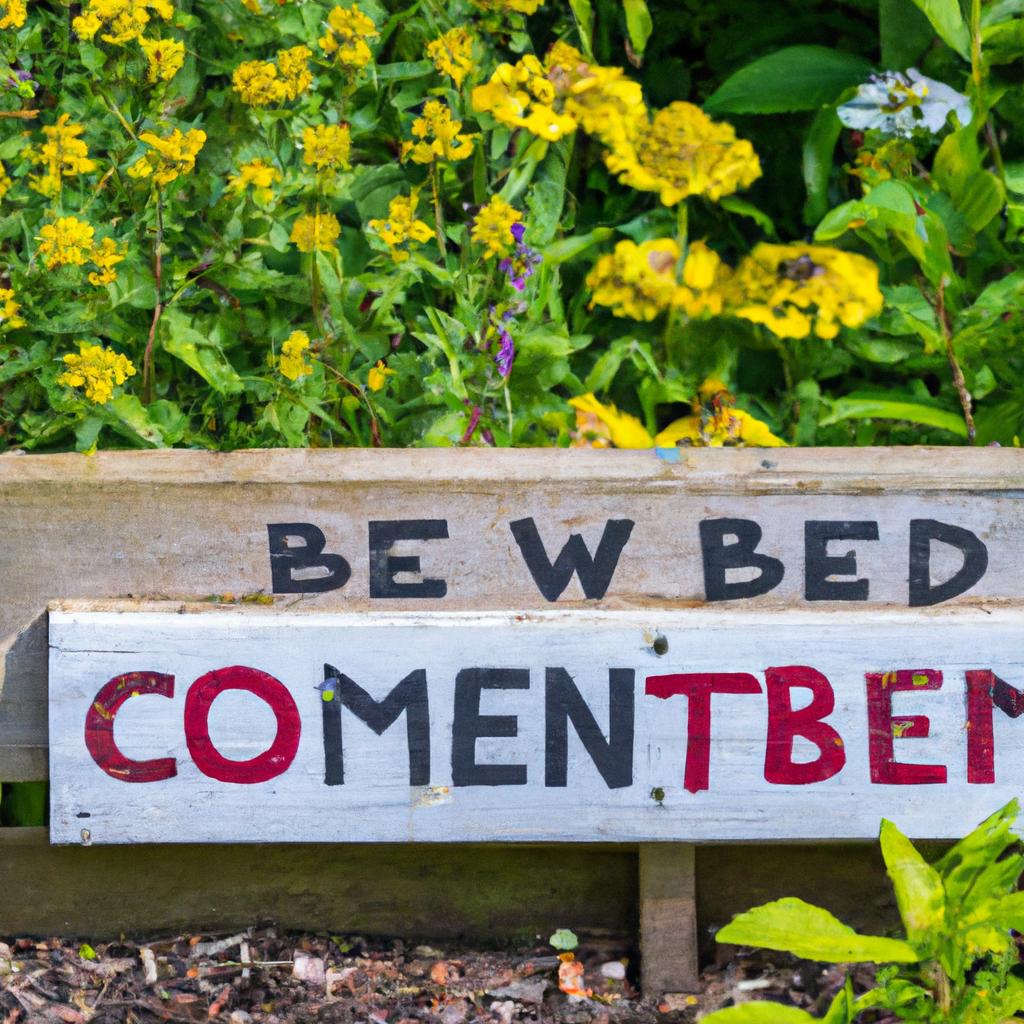
Garden bees offer numerous advantages to both the garden and the ecosystem as a whole. Let’s explore the most significant benefits of having garden bees in your yard.
Increased Crop Yield
Garden bees are critical pollinators, and their role in pollination directly influences the production of fruits, vegetables, and nuts. Scientific studies have demonstrated that gardens with a thriving bee population have substantially higher crop yields than bee-less gardens. In fact, certain crops, like blueberries, rely entirely on bees for successful pollination.
Biodiversity in the Garden
Building a bee-friendly garden enhances the biodiversity of your yard. By planting a variety of flowers that attract different types of bees, you create a diverse ecosystem. This, in turn, supports other wildlife, including birds and butterflies, contributing to a sustainable environment.
Supporting the Ecosystem
Garden bees significantly contribute to maintaining the delicate balance of the ecosystem. Through pollination, they help sustain biodiversity and support other forms of wildlife. Additionally, their resilience to environmental changes makes them invaluable allies in the face of climate change.
Creating a Garden That Welcomes Bees
Creating a bee-friendly garden is both simple and rewarding. Implement the following tips to attract garden bees and reap the benefits in your garden:
Choosing Bee-Friendly Plants
Opting for the right plants is crucial for attracting garden bees. Bees are naturally drawn to brightly colored flowers, especially those in shades of blue, purple, and yellow. Some excellent choices include lavender, echinacea, and sunflowers. Additionally, selecting plants that bloom at different times throughout the year supports garden bees throughout the entire growing season.
Providing Nesting Sites
Garden bees nest in soil, hollow stems, or specialized nesting boxes, rather than forming colonies. Supporting their nesting needs is essential for maintaining healthy bee populations. Leave some areas of bare soil, provide hollow stems, or set up nesting boxes specifically designed for garden bees.
Avoiding Pesticides and Chemicals
Pesticides and chemicals can be harmful to garden bees and other pollinators. Instead of resorting to chemicals to control pests, consider natural alternatives like companion planting or introducing beneficial insects such as ladybugs or praying mantises. When using chemicals becomes necessary, follow the instructions carefully, apply them only when needed, and avoid blooming plants and bees.
Attracting Garden Bees: Going the Extra Mile
Creating a bee-friendly environment in your garden is essential for attracting and supporting garden bees. Take these additional steps to make your garden irresistible to these little superheroes:
Providing Water Sources
Garden bees require water to survive, especially during scorching summer days. Set up shallow dishes of water in your garden to offer them a refreshing drink. Including pebbles or rocks in the dish provides landing spots for bees and prevents them from drowning.
Creating a Bee-Friendly Environment
Make your garden a haven for bees by planting flowers that are rich in nectar and pollen. Sunflowers, lavender, and wildflowers are all excellent choices. Clustering flowers together makes it easier for bees to find and access them.
Besides flowers, creating a bee-friendly environment involves providing suitable nesting sites for garden bees. Dead wood or drilled wooden blocks can serve as nesting spots for these fascinating creatures.
Using Bee Attractants
Enhance your garden’s appeal to bees by using attractants such as pheromones or essential oils. Pheromone attractants mimic the scent of female bees, effectively luring male bees to your garden. Meanwhile, essential oils like lavender or peppermint can also attract garden bees.
In Conclusion
Garden bees are indispensable pollinators, vital for maintaining biodiversity and sustaining our environment. As responsible gardeners, it is our duty to take action in promoting bee conservation and protecting these vital pollinators. By planting bee-friendly flowers, providing nesting sites, and avoiding pesticides and chemicals, we can create a safe and healthy environment that supports garden bees.
At TooLacks, we are committed to promoting bee conservation and raising awareness about the importance of garden bees. We encourage everyone to take action, supporting garden bees in their gardens and communities. Together, we can create a more bee-friendly world for these unsung heroes of the garden.
